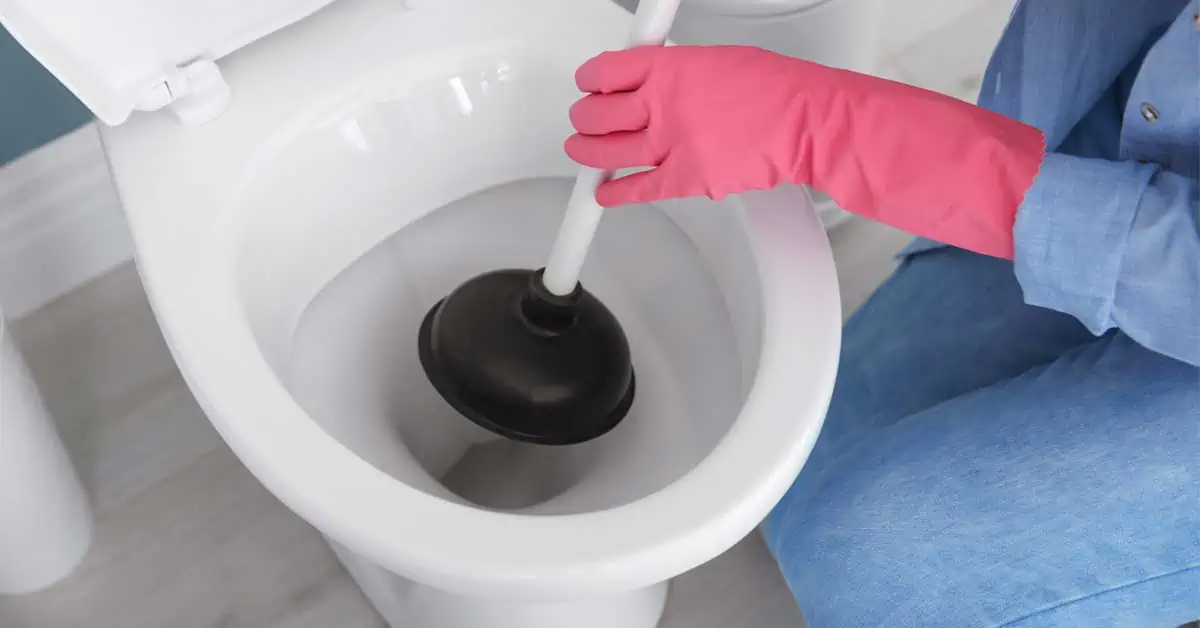How to prevent toilet sweating?
Toilet sweating is an annoying problem that many homeowners face. It’s when condensation builds up on the outside of your toilet tank, causing it to become damp and slippery. Not only does this make your bathroom look unattractive, but it also leads to mold growth and damage to your bathroom floor. You can use it whenever you are tired of sweating on the toilet.
Adjust the bathroom heating system
Condensation forms on the outside of the tank as a result. This is a common occurrence when there is a difference in temperature between the inside and outside of a container that holds liquid or gas. To prevent condensation on the tank and try insulating the tank to reduce the temperature differential between the inside and outside. Increase the temperature inside the tank to bring it closer to the temperature. It is used to reduce relative humidity levels in the air around the tank, which helps prevent algae growth.
Insulate your toilet tank
Insulating your toilet tank is an effective way to prevent Toilet Sweating. You purchase pre-cut foam insulation kits at most hardware stores or online retailers that fit snugly around most standard-size tanks.

Install a ventilation fan
A way to combat humidity in your bathroom is by installing a ventilation fan that draws moist air out of the room and vents it outside. Frequent leaks around toilets could cause an increase in humidity levels which contributes significantly to Toilet Sweating, ensure you get them fixed as soon as possible. Cleaning regularly helps prevent mold that may form due to dampness caused by the sweating of the toilet. Cleaning your bathroom at regular intervals helps prevent the growth of mold that may develop due to moisture caused by toilet sweating.
Hot showers contribute significantly to increased humidity levels which leads to Toilet Sweating. In this regard, consider taking ice-cold showers instead. Cause bathroom humidity levels to rise, which may lead to “toilet sweating.” To prevent this, it may be helpful to take cool showers instead. This will reduce the amount of steam produced, thereby reducing the humidity levels in the bathroom and decreasing the likelihood of toilet sweating.



